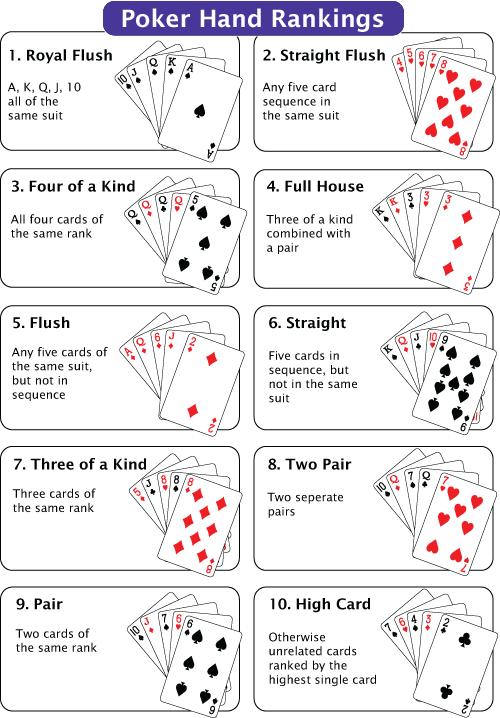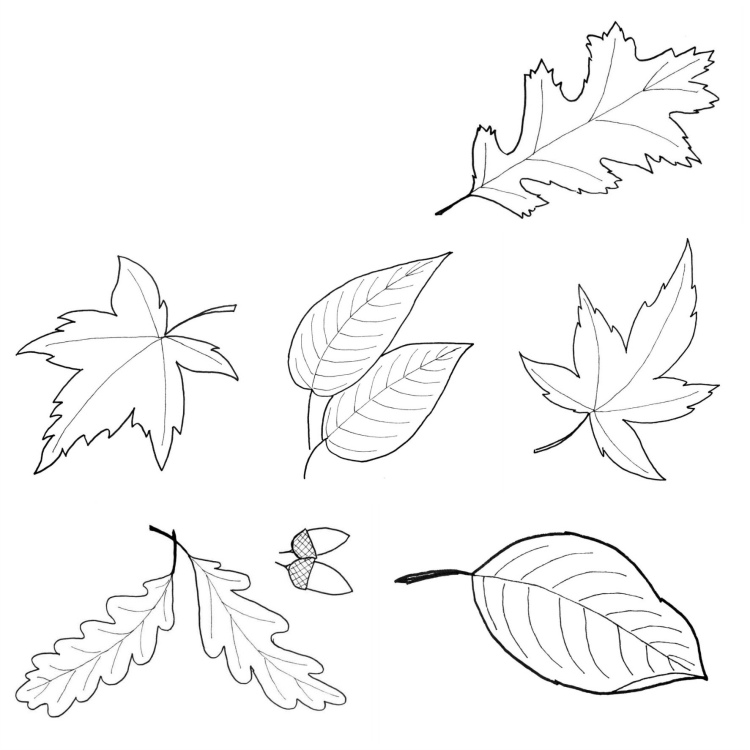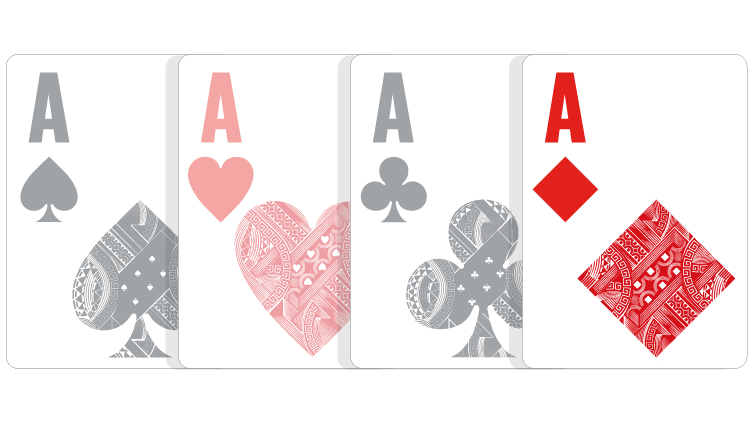Poker Rules Straight With Ace
Table Of Contents
Other Poker Game’s Rules:
In poker, a straight is made when we hold 5 cards all of consecutive rank, for example, 56789. Aces can be both high and low for the purposes of creating a straight, but the Ace must either appear at the beginning or end of the hand’s structure. Question 2: Which straight wins in poker?
Learning how to play poker should not be difficult. If you want to understand why so many people love this game, this beginner's guide to the rules and the basics of poker is all you need.
Poker is a simple game to learn, but the poker rules can be challenging for a complete beginner.
But don't let that put you off. It is not hard to learn how to play poker, and you can move from the basics of the game to the tables of the top online poker sites in no time.
- I once played pai-gow poker, A pit game where your playing against the house, I had a king high straight, the dealer had a wheel, they said the wheel won because it was ace high. I just left and never played the game again. In home games and casino table games you may want clarify. – Jon Nov 21 '14 at 6:43.
- Straight Hands vs Other Hands. On the poker hand rankings chart, a Straight weighs in at fifth position. Directly above a straight is a Flush poker hand. The best flush you can form is an Ace-high Flush. In a standard game of Texas Hold’em poker, a Straight is still a great hand to form.
Here's everything you'll learn in this guide on how to play poker:
- And lots more
Before you move to the 'practical' side of this guide on how to play the most popular variants of this game, you need to learn the basics of poker.
When most people say they want to know 'how to play regular poker,' they imply that they want to learn the basics of Texas Hold'em.
Texas Hold'em is (by far) the most popular poker game out there and it's the one you find at every online poker site.
But that's just the tip of the iceberg. With so many poker variants to play online and offline, the only proper guide on how to play poker for dummies is the one that gets you access to all the best games out there.
Not just to the most famous one.
Many poker rules are consistent from game to game, although among the dozens of variants such as Texas hold'em, Omaha, and seven-card stud you will find some ket differences you need to kno.
Let's have a quick look at the poker rules of the most played poker games online:
How to Play Texas Hold'Em
| Game | Texas Hold'em |
| How Many Players | 2-10 |
| Poker Rules | How to play Texas hold'em |
Also called the 'Cadillac of Poker,' Texas hold'em is the one you are going to play over and over again.
This is the most popular poker game online and it is also the one you are most likely to play with our friends in your next home game.
Whether you play it in the form of a tournament or as a ring-game, the basic poker rules and the hand rankings don't change.
> Discover how to play Texas Hold'em
How to Play Omaha Poker

| Game | Omaha Poker |
| How Many Players | 2-10 |
| Poker Rules | How to play Omaha |
| Where to Play | Top poker sites |
The second-most popular poker variant. Omaha poker finds its roots in the game of Texas Hold'em, although the rules of the two games are slightly different from each other.
Many players find learning how to play poker Omaha to be the natural step to take after they have successfully mastered the basics of Texas Hold'em.
In the poker rules page dedicated to the game, you find the perfect beginner's guide to moving your first steps in the world of Omaha.
> Learn how to play Omaha poker

How to Play Seven-Card Stud
| Game | Seven-Card Stud |
| How Many Players | 2-8 |
| Poker Rules | How to play 7-card Stud |
| Where to Play | Top poker sites |
Before Texas hold'em became king, anyone who wanted to learn the basic poker rules and how to play poker had to go through the game of seven-card stud.
As the name suggests, this is a variant of stud poker. 7-card stud is also the 'S' game in the H.O.R.S.E. poker — but if you are still learning how to play poker, it's probably too early for you to jump on that.
> Discover how to play seven-card stud poker
Other Poker Rules to Learn
If you want to go deeper and you want to learn how to play even more poker games, PokerNews is the right site for you.
Pick one poker variant to learn from the list that follows and find out how to play some of the most exciting and lesser-known poker games out there!
Use these guides to learn how to play poker and master not only the most 'obvious' games like Texas hold'em bu also all the other different variants out there.
In our guides for beginners, you find the official poker rules, the basic strategy tips, and the hand rankings — because knowing how to calculate points is key if you want to win at poker.
Common Traits of Most Poker Rules
The Value of Poker Hands
One element used in most poker variants is the system of hand rankings.
The highest ranked hand is a Royal Flush (five cards of the same suit, ranked ace through ten), followed by a Straight Flush (five cards of the same suit of consecutive ranks).
The third-best combination is the Four-of-a-kind, which is then followed by the Full House (three of a kind plus one pair), the Flush, the Straight, the Three-of-a-kind, Two Pair, One Pair, and High Card or no pair.
When a hand reaches the showdown, the player with the highest-ranked hand wins the pot.
That's true of Texas hold'em, pot-limit Omaha, seven-card stud, and five-card draw.
Of course, in 'lowball' games like razz or deuce-to-seven triple draw, the hand rankings are turned upside down and the 'worst' hand according to traditional hand rankings is the winning one.
Poker Hands Ranking
Poker Straight Rules King Ace Two
- Royal Flush10JQKA
- Straight
Flush56789 - Four Of
A Kind3333K - Full HouseJJJKK
- Flush2459K
- StraightA2345
- Three Of
A Kind45777 - Two Pair499KK
- One Pair3QK1010
- High Card248QK
Suggested Readings
- Poker Hands Chart: The official classification of all poker hands with a free pdf to download and print.
- What Beats What in Poker: the perfect starting guide to learn how to count points in poker and discover the real value of each hand.
Blinds and Ante Bets
Games like hold'em and Omaha feature small and big blinds, so called because they are 'blind' bets players have to make before they are dealt any cards.
Meanwhile stud games usually use 'antes', which also involve players putting chips in the middle before the hand begins.
From there players bet more as the hand progresses, thereby creating larger pots.
Limit vs. No Limit Poker Games
Some games are played with no-limit betting, which means players can bet as much as they like at any point in the hand, including going 'all in.'
Pot-limit betting means that the current size of the pot creates an upper limit on how much a player can bet.
Games that are played with fixed-limit betting have predetermined amounts from which players cannot vary when they make their bets and raises.

The Action
There are other terms that tend to be used in all different poker games, including many having to do with the actions you perform when playing.
When the action is on you, you can:
- Check: Decline to bet
- Fold: Withdraw from the hand, if someone else has bet already
- Bet: Place a wager on the table
- Raise: Add more chips by matching your opponent's bet and putting in a greater amount.
- Call: Match the bet of your opponents to stay in the hand and continue to play.
All of those terms are an important step in your journey to learn how to play poker since they tend to come up in all poker variants.
The Betting Rounds
In games with community cards like hold'em and Omaha (also sometimes called 'flop games'), the betting rounds are referred to as:
- Preflop: The bets made before any community cards are dealt
- Flop: The bets made after the first three community cards are dealt)
- Turn: The bets made after the fourth community card
- River The bets made after the fifth and last community card.
Suggested Readings
- How to bet in poker: a beginner's guide to betting in Texas hold'em.
- Texas hold'em betting tips: This short article gives you some actionable tips to learn how to play poker with your stack of chips.
The Table Stakes
One other poker rule common to just about every variant of the you'll play – whether you are playing live poker or online poker – is one called 'table stakes.'
Table stakes means that once a hand begins, you can only bet whatever amount you had on the table to begin the hand and are not allowed to add anything more during the hand as it plays out.
If you only have $100 on the table to begin a hand, you can't pull out your wallet and add more halfway through the hand – you can only play out the hand with whatever you had to start.
Practice Poker Online for Free
Now that you know the basic poker rules and you have links to go back to your poker guides when you need to, it's time to look for the best websites to practice poker online.
Don't start to play poker for real money right away. Try out the games for free first. That's the only way to discover if you have really learned how to play poker.
Looking for a site to practice online poker for free?
Don't miss the updated list of the best free poker sites in 2020!
There are countless options to give the game a test run, but the best way is to try out the real deal.
Sign up for a poker account with one of the big online poker rooms and give the freerolls a try.
That way, you can practice poker online without any risk; you're not wagering any money.
And if you want to try out cash games instead of tournaments, all major poker sites online have so-called play money tables.
That way you can practice the game, learn the rules, and figure out how the software works, readying yourself for the big stage.
Register a free gaming account and test your poker knowledge in the next freeroll!
In this article, you will find:
- Playing and rank
Playing and rank
Straight Poker
Straight Poker is played with a standard 52-card deck with anywhere from 2 to 14 players; the ideal number of players is 7 or 8. Aces are high and there are no high or low ranking suits. Jokers are often used as wild cards.
The object of Poker is to form the cards into “structures.” The structures consist of card combinations of two or more cards of one rank or sequences of cards of the same suit.
High Score
Jokers, as wild cards, can also be designated “the bug.” This means that the Joker is wild, but with limitations. It can be used as an Ace or it can be used as a card of any suit or rank needed to make a Flush or a Straight.
In Straight Poker each player is dealt five cards. (Five cards are also dealt in Five-Card Stud and Draw Poker while seven cards are dealt in Seven-Card Stud.) The object of any Poker game is to take the cards you are dealt and make them into the best possible card combination in an effort to beat the other players.
In Straight Poker you must make the best of the cards you are dealt with no chance of improving them. (Draw Poker allows you to exchange cards and therefore make the betting a little more interesting.) Straight Poker is a game of luck and—if you're clever enough—a game that involves a good deal of bluffing, in the hope of fooling the other players into thinking you have a better hand than you actually do.
It's in the Cards
Poker face refers to keeping a straight face no matter what cards you hold in your hand. You don't want to tip off your opponents to either a good hand or a bad hand.
Succeeding at a good bluff can depend on the quality of your poker face. If your hand is a Royal Flush, you don't want your opponents to know that. If your hand is atrocious, but you want to stay in the game, you can try smirking a little throughout the betting process to fool other players into thinking you have a good hand. Bluffing relies heavily on your poker face.
Rank and File
Poker Rules Straight With Ace Inhibitors
Here are the ranking orders of card combinations:
- Five of a Kind: Four cards of same rank plus a wild card—the highest possible hand. Example: four Kings plus a Joker.
- Straight Flush: Five cards in a sequence in the same suit. This is the best hand you can have without a wild card (the best “natural” hand). Example: 7-8-9-10-J in the same suit. Note: Aces can be high or low, but do not wrap around—meaning you can have A-K-Q-J-10, or A-2-3-4-5, but you cannot have K-A-2-3-4. An Ace high straight (A-K-Q-J-10) is called Royal Flush and it is the highest natural hand you can have.
- Four of a Kind: Four cards of one rank, plus any fifth card of any rank or suit. Example: 4-4-4-4-8.
- Full House: Three of a Kind and a Pair. Example: Q-Q-Q-3-3. If there are two Full Houses on the table, you have to look at the cards as three of a kind. So if you have Q-Q-Q-3-3 and your opponent has J-J-J-2-2, your hand wins because your Three of a Kind (the three Queens) is higher than you opponent's Three of a Kind (the three Jacks). If you both have three Queens, you have to look at the Pairs to determine the winner. In the example I've given, if your hands both had three Queens, you would still win because a pair of 3s is higher than a pair of 2s.
- Flush: All cards of the same suit. Example: K-A-7-J-2 of one suit. In the case of a tie, you would have to use the rule for High Card to determine the winner.
- Straight: Five cards in ranking order, but not of the same suit. Example: 2-3-4-5-6 of different suits. Aces can be high or low, but cannot wrap around (K-A-2-3-4). In a tie, the Straight with the highest cards wins. If the cards are the same, you would split the winnings.
- Three of a Kind: Three cards of equal rank plus any other two cards of different ranks. Example: Q-Q-Q-4-5. (If the last two cards were the same, it would count as a Full House.) In a tie, the highest ranking Three of a Kind wins. So if you have Q-Q-Q-4-5 and your opponent has J-J-J-2-3, you win. If the cards are of equal value (this would only apply in wild card situations), use the High Card rules to determine the winner.
- Two Pair: Two pairs of equal rank plus any fifth card. Example: 2-2-4-4-6. In a tie situation, the highest ranking pairs win. If the cards have the same value, use the High Card rule to determine the winner.
- One Pair: Two cards of the same rank plus any other three cards that do not combine with the other two to form any other hands listed here. Example: Q-Q-7-6-4 (you would refer to this hand as a “Pair of Queens”).
- High Card (also called “No Pair”): This is the lowest ranking hand, but is used as a tie-breaker. It consists of five cards that do not make up any particular combination of cards listed here.
Poker Rules Straight With Ace Hardware
The cards are shuffled by any player and cut by the player to the shuffler's right. The person who shuffles the cards then deals the cards face-up (starting with the person on his or her left). This preliminary dealer keeps dealing until a Jack turns up. The person who receives the Jack becomes the first game dealer. The cards are then reshuffled—by any player—and should be shuffled at least three times. The player on the dealer's right cuts the cards. The cards are then dealt, face-down, one at a time to each player, starting on the dealer's left. Each player is dealt five cards.